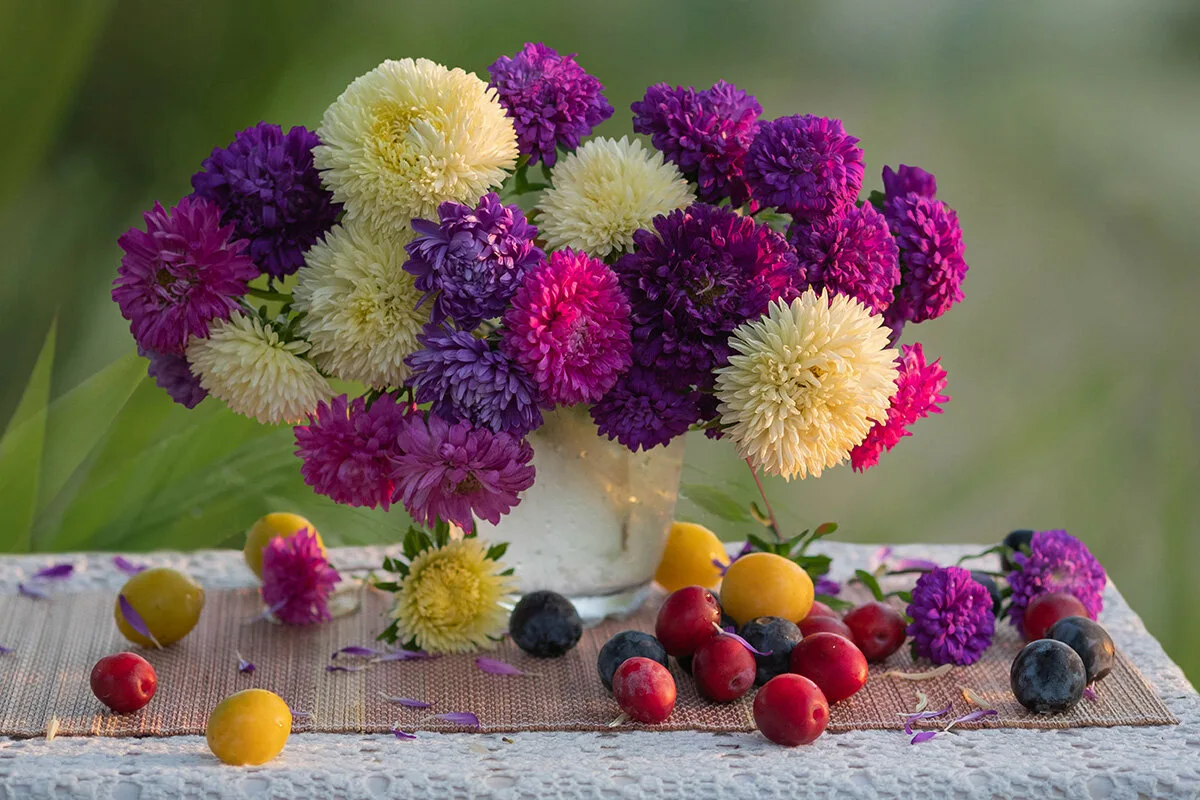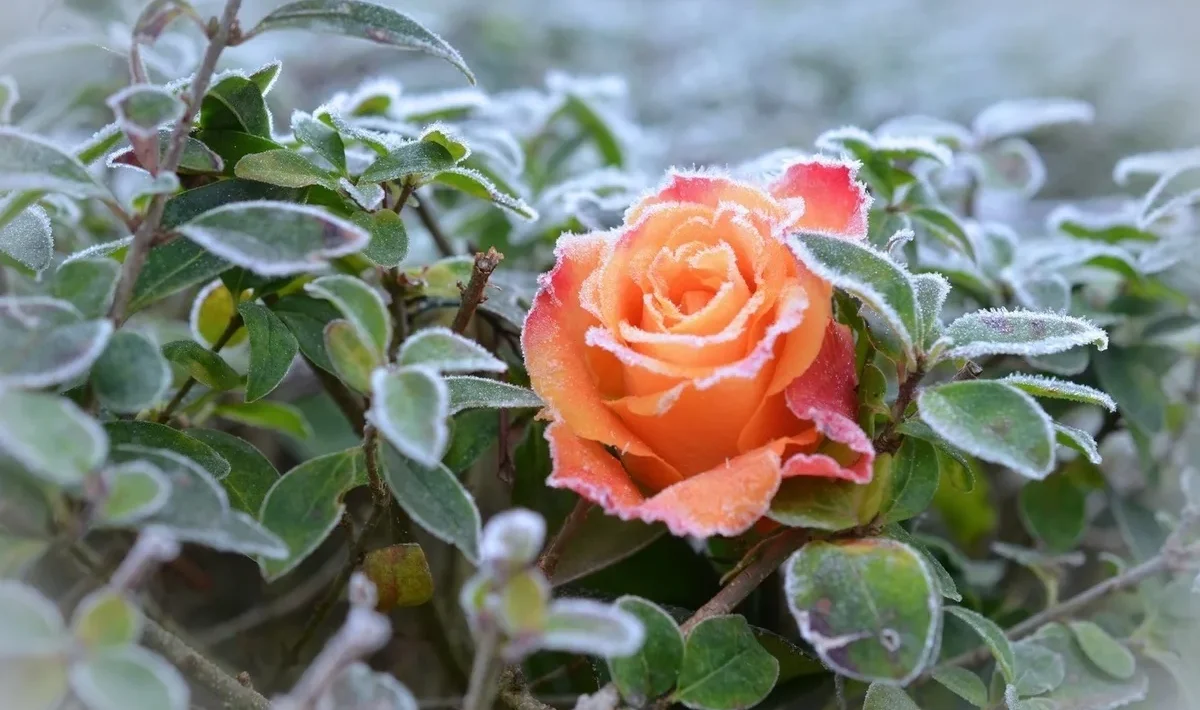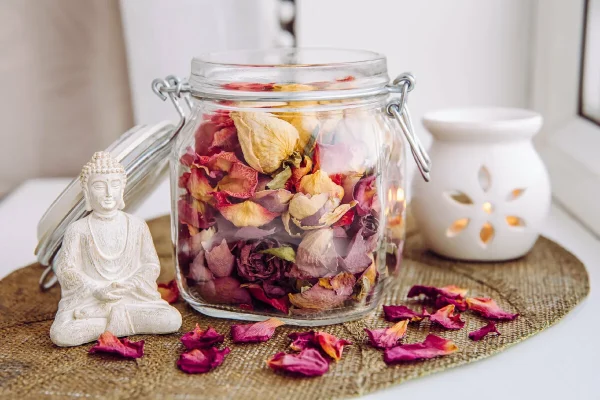Every autumn in France, when mist envelops landscaped gardens and the lawn is covered with golden leaves, many people think that the flowering season is coming to an end.
However, there is a plant that can transform this period of apparent decline into a veritable explosion of colour. What if the key to a garden that remains vibrant until the first frosts lies in choosing flowers that are as beautiful as they are useful to nature? October is the ideal time to discover these unexpected allies that warm the heart of the garden and that of bees in search of food.
Autumn asters: a festival of colour when everything else is falling asleep
At a time when most flower beds seem to be falling asleep, one plant continues to attract attention in French gardens: the aster. Its secret? Late, generous flowering and bright colours when everything else around it is fading. While perennials become discreet, asters transform borders and embankments into veritable living bouquets, giving the landscaped garden a second lease of life.
Why gardens die down in October, except for asters
While many flowers end their show at the end of September, the aster blooms in all its glory in October. It is precisely when most flowerbeds are in decline that this plant takes centre stage, brightening up shady corners and breathing new life into tired flowerbeds, where the lawn gives way to patches of gold.
Irresistible portraits: these varieties of asters brighten up the first cold spells
Aster novi-belgii, Aster dumosus, Aster amellus: all varieties to plant in the garden for a striking effect. Their flowers, in shades of lavender blue, candy pink or deep mauve, evoke October sunsets. Perfect for structuring a border or providing a striking contrast to an evergreen hedge, they can be grown in the ground, on slopes or in a minimalist Zen garden.
Frost-resistant flowers: the secrets of their incredible resilience
Asters are champions of resilience: their stems survive the first frosts without weakening and they sometimes continue to flower until November. This ability to brave the cold is the result of a natural adaptation: the plant ‘hardens’ its tissues and retains its vigour, even during the cool nights that characterise Mediterranean or Norman gardens in October.
Planting in October means banking on generosity for the bees
Planting asters in October is much more than just adding a touch of colour to the landscaped garden. Above all, it means offering pollinators a final feast when resources are scarce. The gesture of a simple amateur becomes essential for local biodiversity, as bees, bumblebees and butterflies can thus prolong their activity until the onset of winter.
The benefits of late flowering for pollinators
By autumn, most flowers have already wilted. However, bees need significant reserves to get through the cold months. Asters, which bloom when everything else has stopped, become a veritable oasis of food, their pollen and nectar being precious to these foragers.
How asters become a pantry when nature becomes scarce
When most alternatives to lawns, such as clover and summer perennials, disappear, asters continue to feed beneficial insects. They are often seen fluttering around each flower head, finding exactly what they need: the energy to prepare the hive for winter. The result is a living, buzzing, colourful garden, even when the cold sets in.
Create an autumn corner for bees in three simple steps
- Plant asters in October for long-lasting blooms.
- Mix single and double-flowered varieties to vary the resources and colours.
- Avoid mowing close to the flowerbeds to provide shelter and refuge for pollinators.
Minimal maintenance for maximum magic
Asters are not only poetic, they are also practical. These plants are renowned for their ability to grow on their own in landscaped gardens. As November approaches, when we prefer to enjoy a sunny terrace or prepare the lawn for winter, the magic happens without any particular effort.
Why asters are the champions of ‘I grow on my own’
Highly adaptable, asters tolerate both dry soil and small shaded areas. Moderate watering, a little compost when planting, and you’re done. Perfect for gardeners looking for easy plants, especially when time is short.
Tips for boosting their flowering without complicating your life
- Allow the clumps to age to obtain more flowers and volume in the beds.
- Prune lightly in summer to encourage dense growth before flowering in October.
- Remember to divide the clumps every three years to rejuvenate the base and enhance the autumn display.
Disease, wind, frost: how asters overcome the challenges of the season
Current varieties have been selected for their resistance to mildew and strong winds. Their flexible stems bend without breaking, while genetic diversity limits the onset of disease. Even in harsh climates, the landscaped garden remains flowery, safe and welcoming to bees and butterflies.
Combining asters in the garden: ideal companions to prolong their life
Asters don’t just put on a show of their own. They combine beautifully with other perennials to create bright flowerbeds or structured borders, ideal for breaking up the monotony of the lawn or guiding the eye towards a terrace bathed in the slanting October light.

Plants to combine with asters for a garden that shines until winter
- Sedums: their bright pink flowers highlight the blue of the asters.
- Grasses: their supple habit offers an airy contrast to the rigour of the aster foliage.
- Hardy chrysanthemums: to enhance the autumn colour palette.
Create living flowerbeds that attract bees and butterflies
By multiplying combinations and heights, it is easy to imagine a Zen garden or a flower-filled border, where each species finds its place. Asters dot these natural scenes and will inevitably attract a whole host of pollinators, perfectly illustrating biodiversity-friendly gardening.
Inspire your neighbours: share seeds and cuttings to expand the natural corner
The contagious charm of asters spreads easily: simply divide a clump or take a few cuttings to give away or exchange plants. Sharing in this way transforms the street or condominium into a flourishing festival, an excellent alternative to monotonous lawns or rigid hedges.
A colourful autumn full of bees
As All Saints’ Day approaches and the garden slips into hibernation, asters demonstrate that it is possible to combine utility, beauty and minimal maintenance. They are distinguished by their ability to withstand frost and their vital role in pollination, providing essential support to bees until the last frosts.
Asters, faithful allies of pollinators until the first frosts
Planting asters in October provides a living sanctuary, rich in resources, when everything else is running low. Bees continue their activity, local wildlife is strengthened, and the landscaped garden is transformed into an ecological refuge at a time when everything else is slowing down.
Why planting in October means taking care of your garden all year round
With just a few simple steps – planting, dividing, mulching – the stage is set for a peaceful winter and a promising spring. This anticipation benefits the entire life cycle of the garden, from the lawn to the patio, from dense hedges to vibrant borders. Above all, it infuses autumn with a lasting magic that is just waiting to be shared.
For those who want a garden that is as vibrant as it is useful, simply add a few late-flowering asters. The transformation is spectacular, maintenance is reduced, and pollinators find an ultimate feast. These end-of-season flower beds could inspire the whole neighbourhood and, from October to March, initiate a floral dynamic that persists even in the heart of winter.





